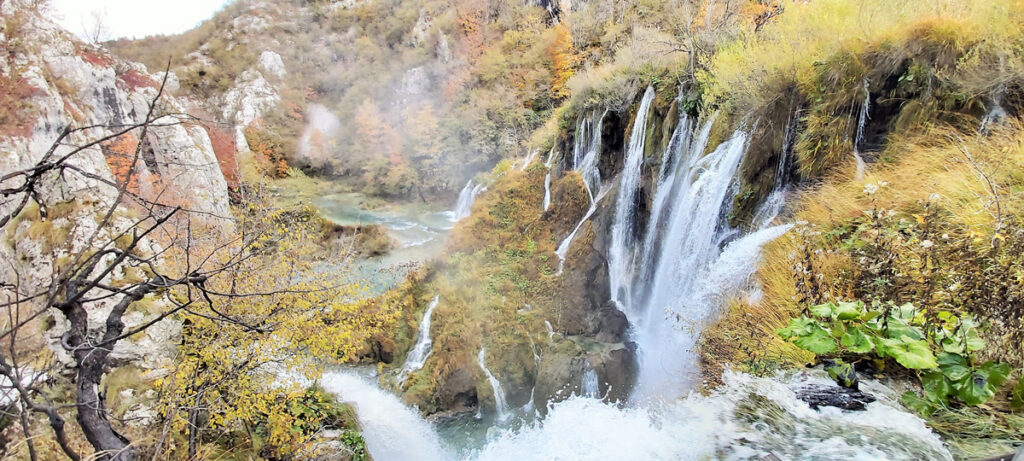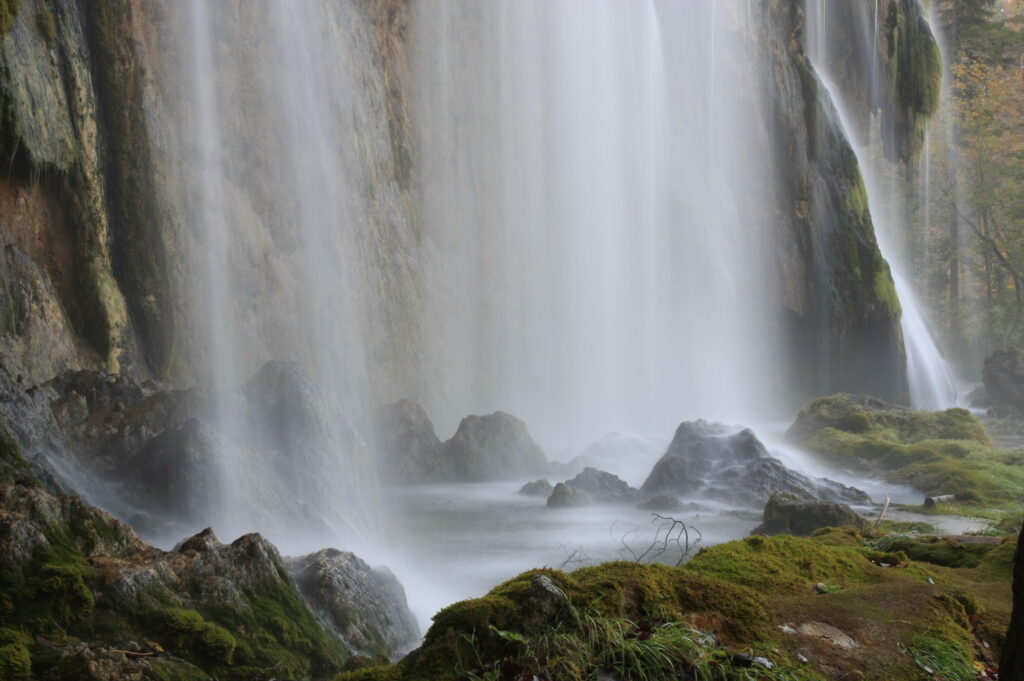
The mosaic of Plitvice Lakes is connected by cascades into a unique water system. Here, nature played with water and created cascades of the most elaborate shapes, heights and curves. The tufa sedimentation process is responsible for their creation and interesting forms, as well as for the worldwide recognition of the beauty and value of the Plitvice Lakes. Here, the cascades are created by the formation or raising of tufa barriers, so they are so-called rising cascades.

According to literature, we should distinguish the term cascade from the term waterfall. A cascade is characterised by the flow of water over a series of cascades, i.e. an overflow or a stepwise descent of running water down rocks or barriers, while a waterfall is characterised by a sudden drop of water in places where there is a sudden change in height. The system of lakes and cascades on the Plitvice Lakes has changed over the years mostly due to the growth and erosion of tufa barriers. Some cascades grow faster, some slower, while some dry up or erode and sometimes it is difficult to define exactly whether it is a cascade or a waterfall, so the names contain the term cascade, even though it is a waterfall.
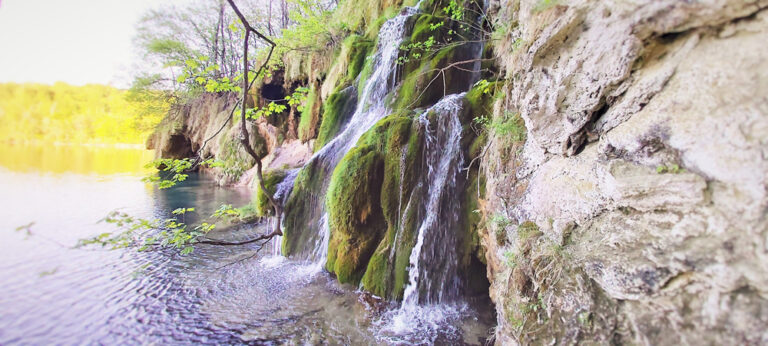

Such is the case with the Big Waterfall, the highest waterfall in the Plitvice Lakes National Park, but also in the Republic of Croatia. The height of the waterfall up to the first lake is 62 m, after which the water overflows over several cascades, so the total height of the Big Waterfall to the beginning of the Korana river flow amounts to 87 m. In addition to the Big Waterfall, the lake system contains six other waterfalls or cascades higher than 20 m and another twenty higher than 10 m.
People often use the term “buk” for cascades, which most likely originates from the noise (buka in Croatian) created by cascades, and it is not uncommon to use the term “falls” for a group of several cascades that line up one after the other.
Whatever you call them, cascades are not only natural obstacles over which water flows, but also small ecological units in which an important part of the life of a lake or watercourse takes place. The vegetation of tufa barriers and cascades, the abundance of oxygen, the supply and retention of organic material are just some of the reasons why numerous animal species, from microscopic organisms, aquatic insects to fish, find their habitat on barriers and cascades.
And man has left traces of his presence on the cascades of our streams and rivers since ancient times. These are the places where it is easiest to cross the watercourse, so bridges and crossings were often built on them, while water energy was used to run mills, sawmills or to produce electricity.
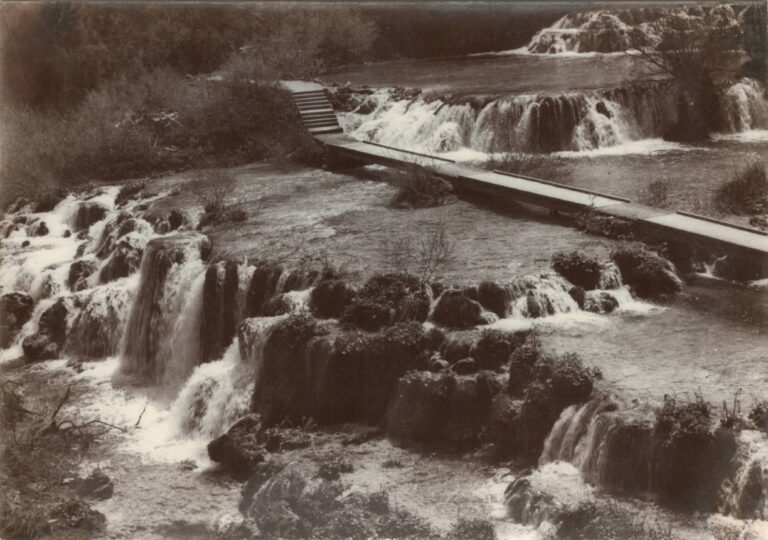
Cascades – water dispersed into thousands of droplets, on the Plitvice Lakes do not only create magical views, but also represent places where people and nature meet and co-exist.
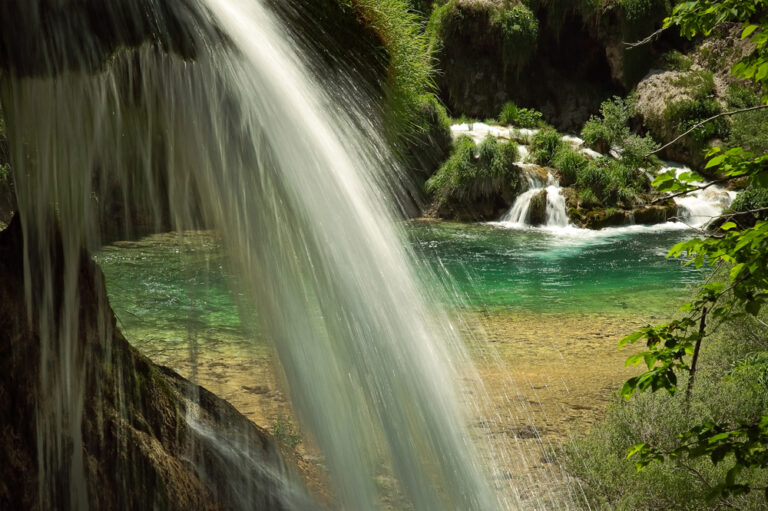
Read other interesting stories from the Plitvice Lakes National Park




